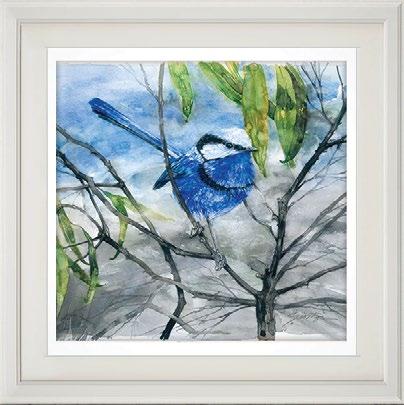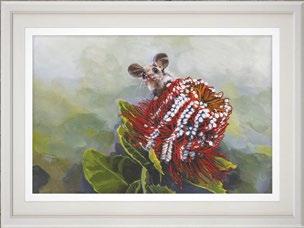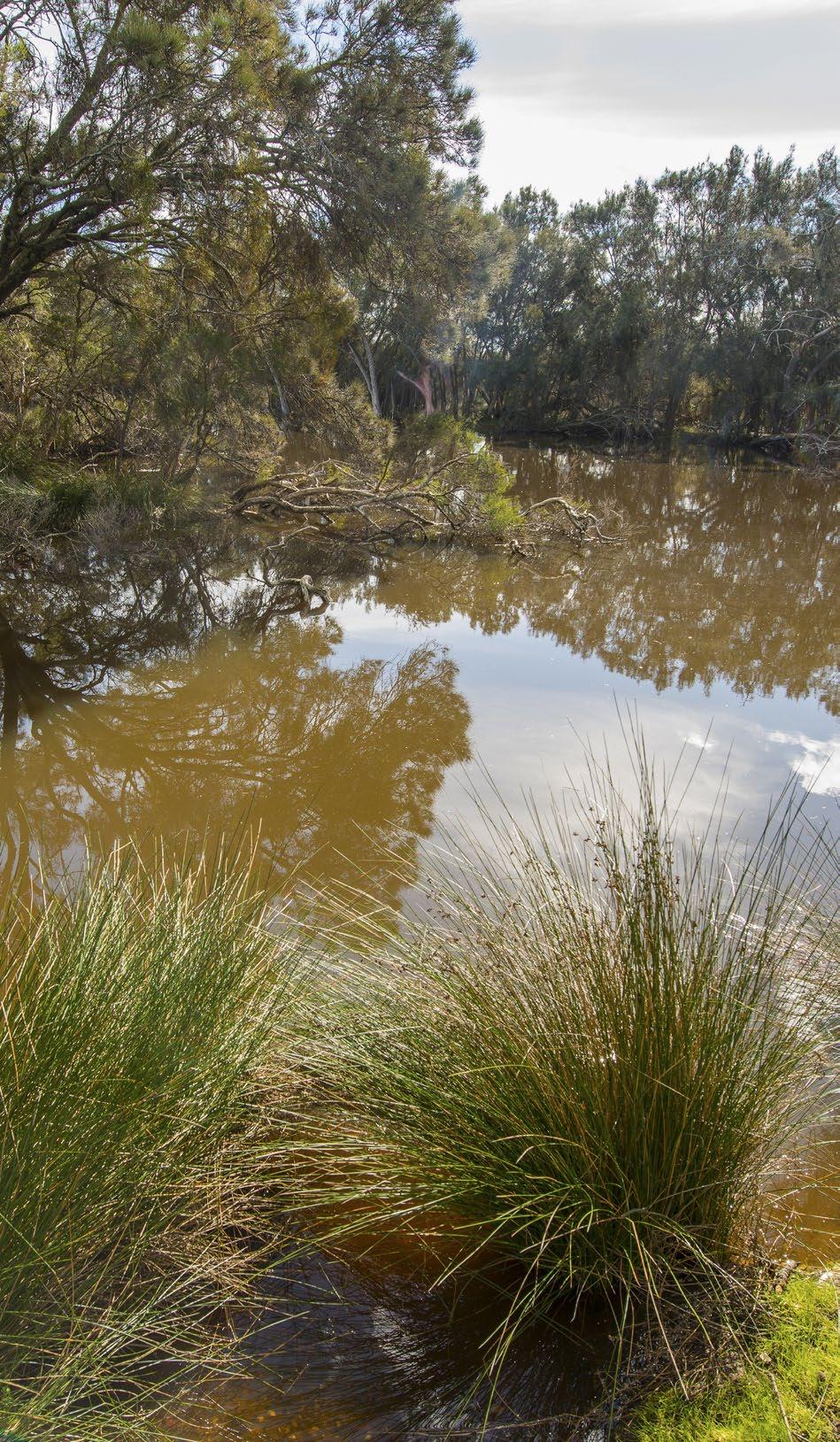Preparing for impact Myrtle rust moves in Rare astronomical event
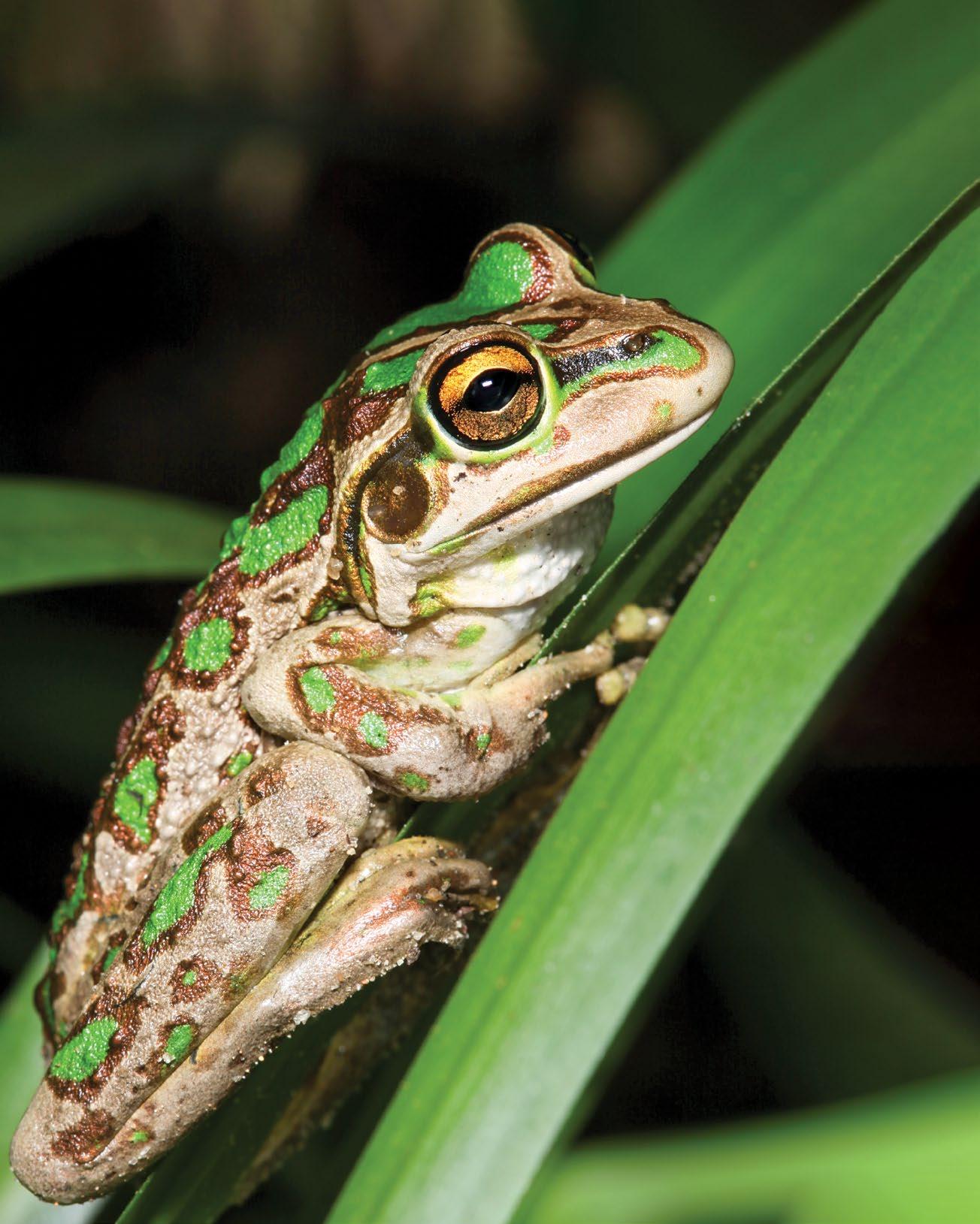
Total solar eclipse
Back for the future Bilbies in Matuwa

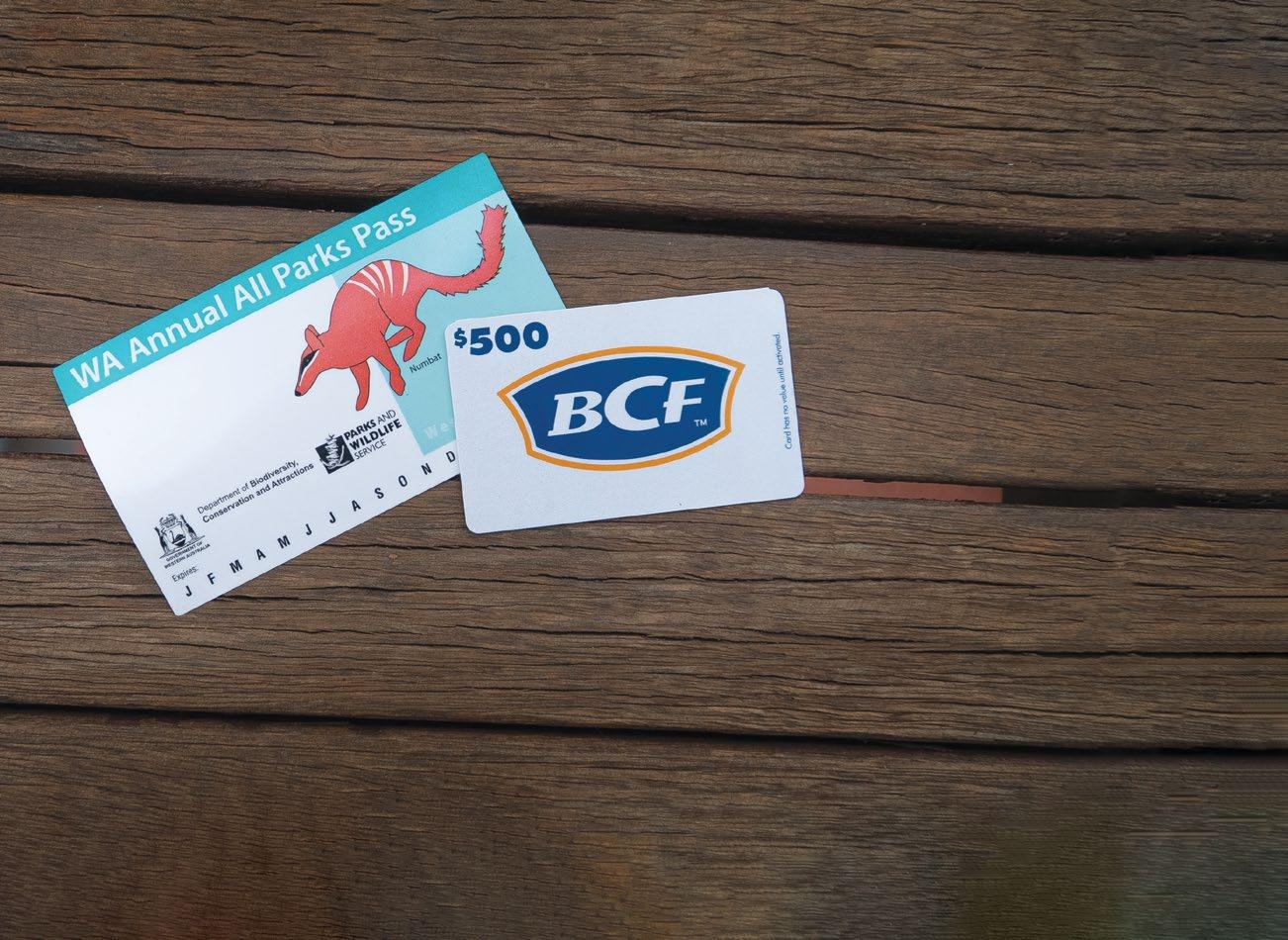


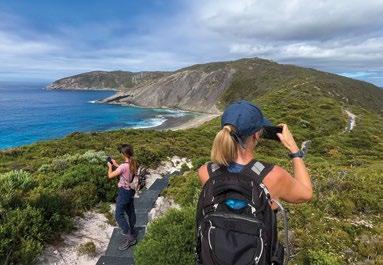
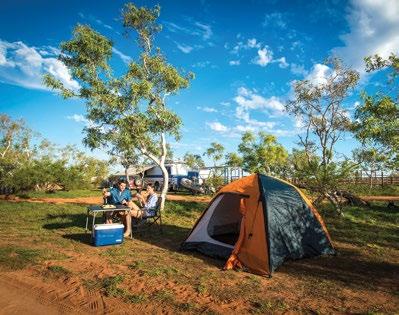
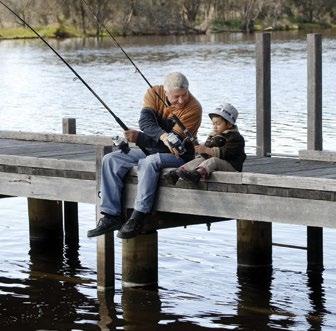
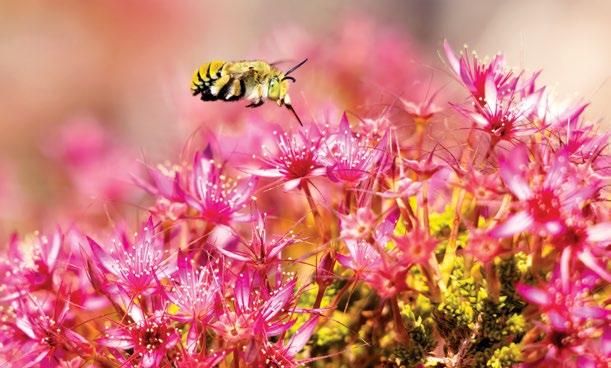
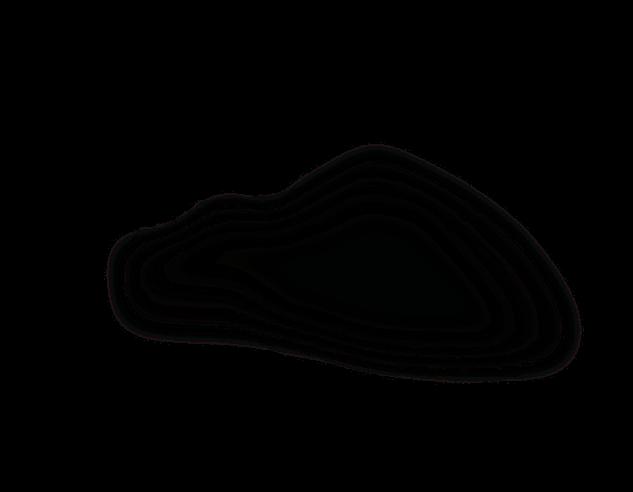



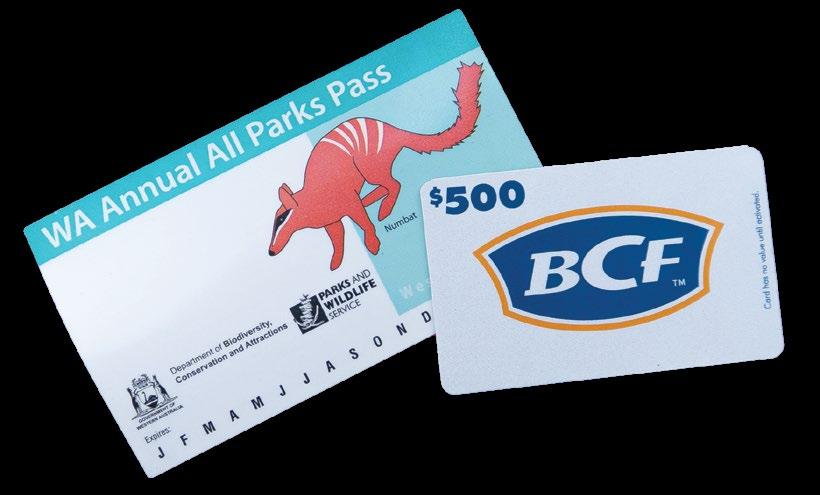
ON THE COVER
Back cover Canning River wetlands.
LANDSCOPE is produced and printed on Whadjuk Noongar Boodjar, the traditional lands of the Whadjuk people of the Noongar Nation. We pay respects to them, their Elders past and present and to all Aboriginal people and acknowledge their continuing connection to lands across Western Australia.
Contributing
Jim Baker has been a volunteer with the Bibbulmun Track Foundation for almost 20 years. He has walked the entire Track four times and currently works in the Bibbulmun Track Foundation office offering advice to other walkers. Jim co-edits the Bibbulmun Newsletter and has written and published a book about the Track as well as travel articles, short stories and poetry for other magazines.
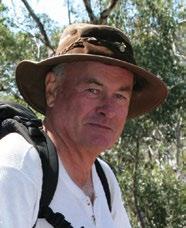
are vital to achieving meaningful and lasting conservation outcomes, particularly in a State as vast as Western Australia. As Helen Keller observed, “Alone we can do so little; together we can do so much”.
Partnerships
Together with community groups, volunteers, scientists and other land managers, the Department of Biodiversity, Conservation and Attractions (DBCA) can more successfully tackle and solve big problems.
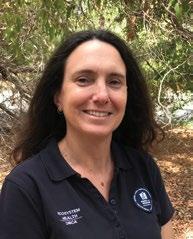
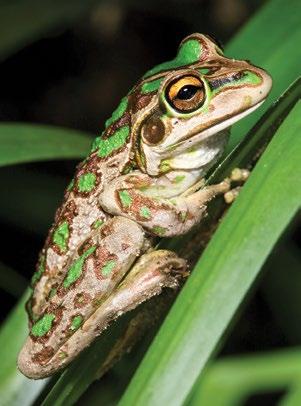
The challenge of responding to an incursion of myrtle rust, an emerging biosecurity threat to WA’s unique and special plants and animals, is bringing together government agencies and scientists from Western Australia and Queensland (see ‘Defending WA against myrtle rust’ on page 17). A single confirmed report of this pathogen has led to a dedicated group considering the potential impact and response options while raising community awareness.
The myrtle rust incursion occurred in a small ‘island’ of a particular vegetation type. Western Australia has more than 4000 islands along our coastline, each with significant value. Understanding of WA’s islands has been achieved through a lifelong scientific collaboration (see ‘Island life’ on page 28). These islands include Dirk Hartog, on which dedicated volunteers and scientists have partnered over almost 40 years to build our understanding of threatened loggerhead turtles (see ‘Tagging turtles on a remote and ruggedly beautiful island’ on page 48).
Another area where partnerships and collaboration are critical is in planning for new parks and reserves, and then managing and protecting these areas of lands and waters. Under the Plan for Our Parks initiative, DBCA is working with Traditional Owners, stakeholders and users to extend Marmion Marine Park in the Perth metropolitan area and develop joint management arrangements for a number of new terrestrial reserves across the State. Under the Forest Management Plan 2024–2033, we will also be working with Noongar people and other stakeholders to create new conservation reserves in south-west forests. This is an exciting time, heralding a new way of working together to care for our unique and special plants and animals and their value to culture, recreation and tourism.
Dr Fran Stanley, A/Deputy Director General Department of Biodiversity, Conservation and Attractions
Zander Schott is 10 years old and lives in Perth’s southern suburbs. He has enjoyed several school holiday activities with Nearer to Nature, Know Your Patch and River Guardians over the last few years, and especially loves when he gets up close and personal with the wildlife he is learning about. Zander’s passions include caring for animals, creating art, learning to code and making video games. When he grows up he wants to create his own video games, be a famous YouTube star and work as a scientist to save species from going extinct (and maybe bring extinct animals back to life!).
Loretta Lewis is a Technical Officer in DBCA’s Plant Diseases Program, working with priority plant disease such as Phytophthora cinnamomi (dieback) and Austropuccinia psidii (myrtle rust). Loretta brings a holistic perspective to her work with plant diseases, understanding that these tiny pathogenic organisms have the potential to alter entire ecological communities, including native fauna that depend on impacted plants for food and shelter.

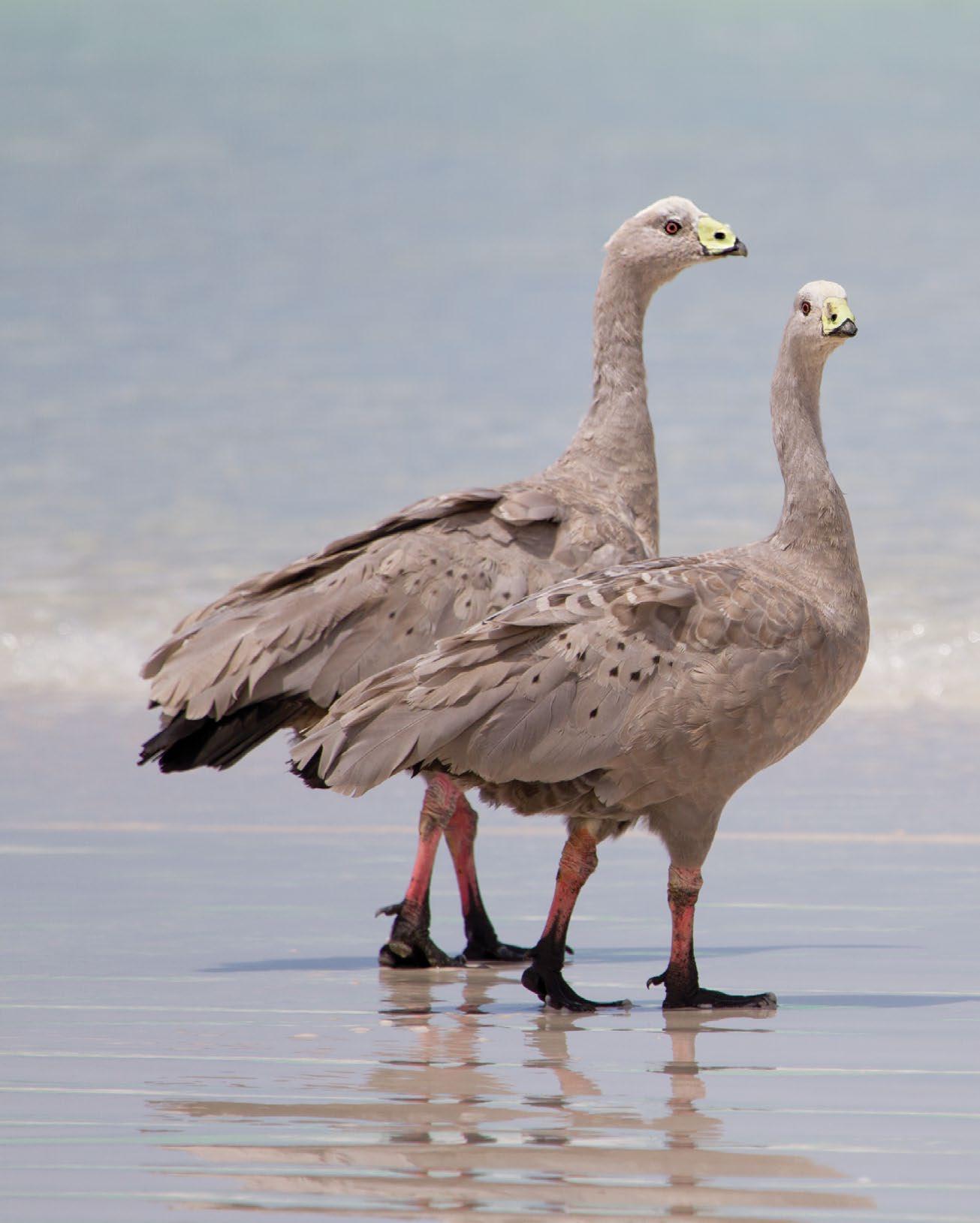
Features
Regulars
Editor Lauren Cabrera.
Editorial assistance Conor Doherty.
Scientific/technical advice Margaret Byrne, Lesley Gibson, John Huisman, Rob Davis, Danielle Ayres.
Special thanks to Andrew and Merilyn Burbidge. Design and production coordinator Tiffany Taylor. Design Katie Bryden, Sonja Rose, Karen Shaddock, Lynne Whittle, Gooitzen van der Meer. Illustration Gooitzen van der Meer.
Cartography Promaco Geodraft.
Prepress and printing Advance Press, Western Australia.
All material copyright. No part of the contents of the publication may be reproduced without the consent of the publishers. Maps should be used as a guide only and not for navigational purposes.
ISSN 0815-4465
Please do not send unsolicited material, but feel free to contact the editors by email (landscope@dbca.wa.gov.au).
Published by the Department of Biodiversity, Conservation and Attractions, 17 Dick Perry Avenue, Kensington, Western Australia. © State of Western Australia, June 2023.
Subscription information

Annual subscriptions to LANDSCOPE are available for $33* (four issues plus free postage within Australia). *Overseas subscriptions add $22. For more information contact us: On the web shop.dbca.wa.gov.au
By email landscope@dbca.wa.gov.au
By phone (08) 9219 9000
By free post Reply Paid 25, Locked Bag 29, Bentley DC, Western Australia 6983
To purchase LANDSCOPE online, visit shop.dbca.wa.gov.au/landscope
@waparkswildlife
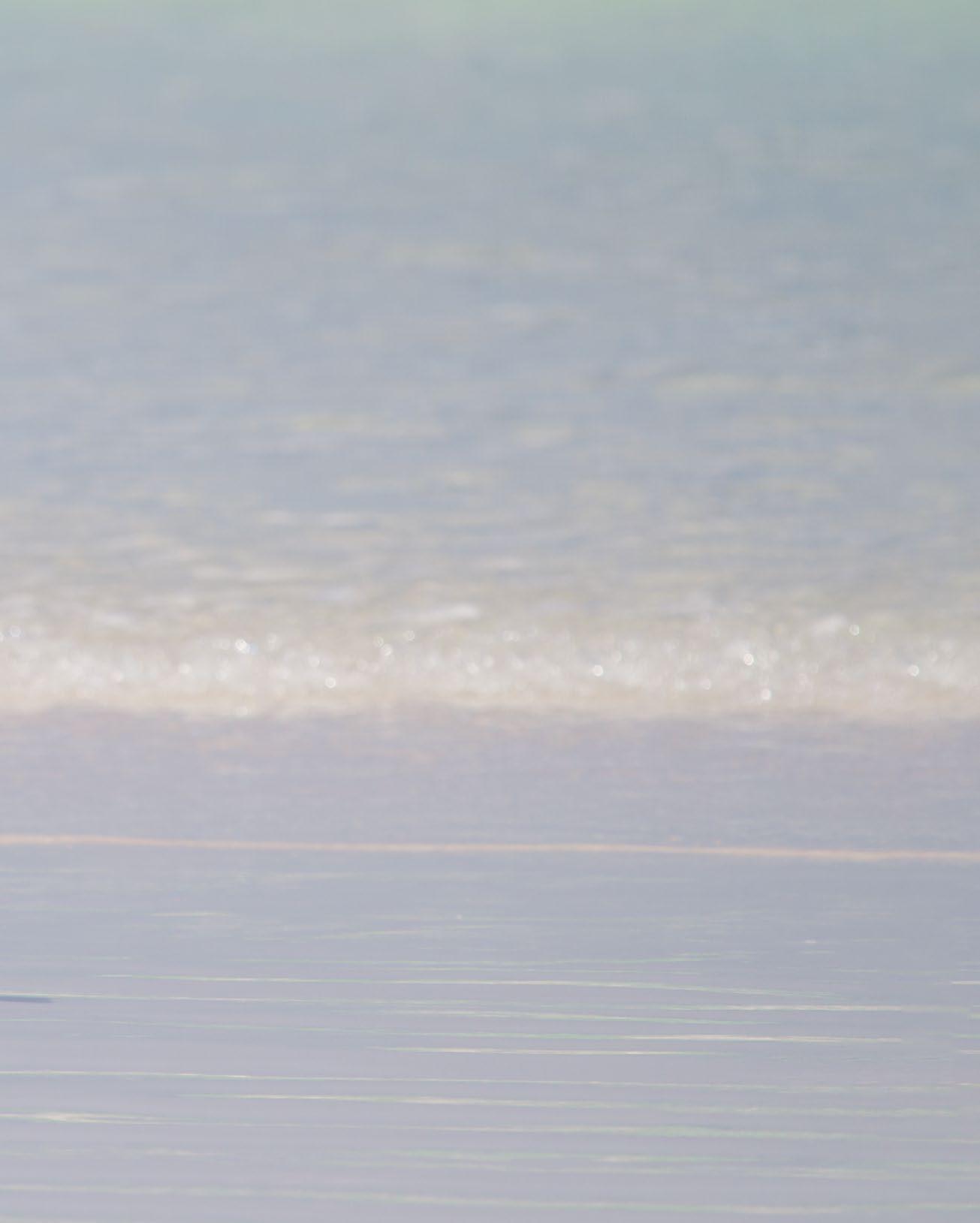
LANDSCOPE is printed on recycled paper which contains 55 per cent recycled fibre and is made from pulp, which is derived from well-managed forests, controlled and recycled sources.
This page Cape Barren goose (Cereopsis novaehollandiae).
Photo – Daniella Van/Sallyanne Cousans Photography
Resilient Reef strategy finalised
The Ningaloo Coast has become the first World Heritage site to finalise a resilience strategy to help Ningaloo Reef and the local community adapt to climate change.
The strategy outlines actions to support thriving, resilient ecosystems, an educated and empowered community as well as sustainable development. It was developed through a community-driven process led by the Resilient Reefs initiative, supported by the Department of Biodiversity, Conservation and Attractions in consultation with the Baiyungu, Thalanyji and Yinikurtura Traditional Owners, scientists and local businesses.
The Ningaloo Coast is one of four World Heritage sites participating in the Resilient Reefs initiative, along with the Lagoons of New Caledonia, Rock Island Southern Lagoon in Palau and Belize Barrier Reef.
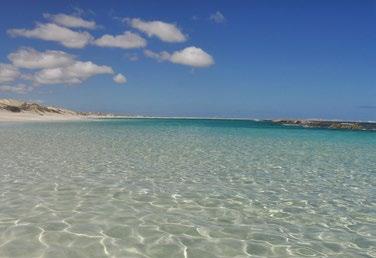
To find out more, visit dbca.wa.gov.au/ parks-and-wildlife-service/resilient-reefsningaloo
READER’S PIC
Osprey (Pandion haliaetus)
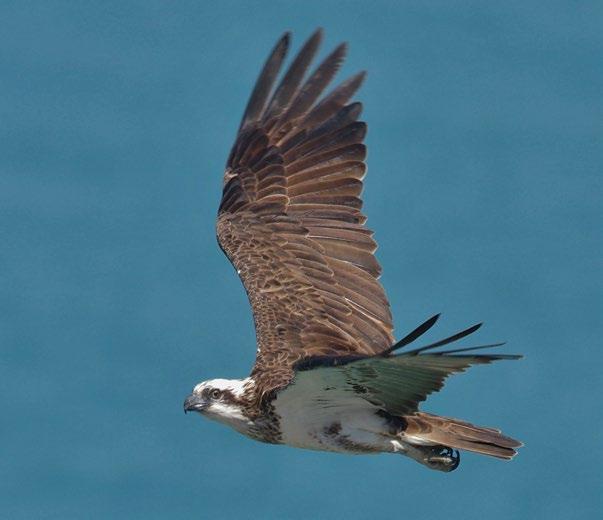
Photo and words by Gary Tate
“We were heading north to the stunningly beautiful Kimberley coast when the ship docked at Broome Wharf. The wharf has provided a couple of nesting platforms for the local osprey (Pandion haliaetus). As the ship docked, I could hear the calling of an osprey and could see three perched around the wharf. This was a unique opportunity to capture images from above and alongside these beautiful fish-catching eagles.”
Have you got a fantastic nature photograph you would like to see published in LANDSCOPE? Send it, along with a 100-word description of the species or how and where you took the shot, to landscope@dbca.wa.gov.au
Aboriginal Ranger Program—Round 6 Innovation fund
On 14 April 2023, the McGowan Government launched Round 6 of the Aboriginal Ranger Program (ARP)—the Innovation Fund. In this round, up to $11 million is available for projects that explore innovative ways to maximise the benefits of the program.
The ARP Innovation Fund has been established to fund one-off projects or pilot programs and is part of a $66.5 million investment. Projects should align with the themes of Protecting Country, Empowerment and Collaboration.
Since 2017, WA’s Aboriginal Ranger Program has funded more than 35 ranger programs and created more than 650 ranger jobs on Country across Western Australia— nearly half of which went to women.
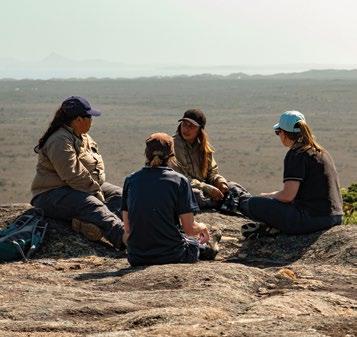
The learnings generated from projects funded under the Innovation Fund will be made public to the wider Aboriginal ranger sector to support the continual improvement and success of ranger programs across the State.
Ineligible applicants could still apply by teaming up with an eligible Aboriginal organisation.
The Round 7 Development Fund will also launch mid-2023 making up to $13 million available for new and emerging ranger programs.
For more information on the State Government’s Aboriginal Ranger Program and the benefits, visit dbca.wa.gov.au
Swimming with Australian sea lions
A licensed swimming with Australian sea lions (Neophoca cinerea) trial will soon be underway in Jurien Bay and Rockingham.
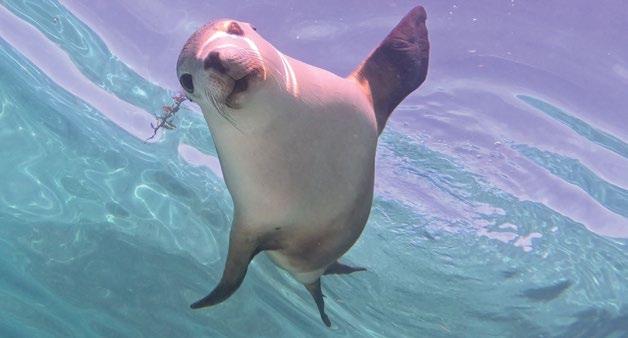
Four tour operators have been chosen to be part of the trial and will be licensed by Department of Biodiversity, Conservation and Attractions (DBCA), with licence fees reinvested into seal research and conservation.
The outcomes of the trial will guide management of tourism, recreation and other human interaction activities affecting seals in WA waters.
To find out how you can observe these playful and curious creatures from a distance and for more information visit dbca.wa.gov.au/sealwise
New accessible playground for Bunbury
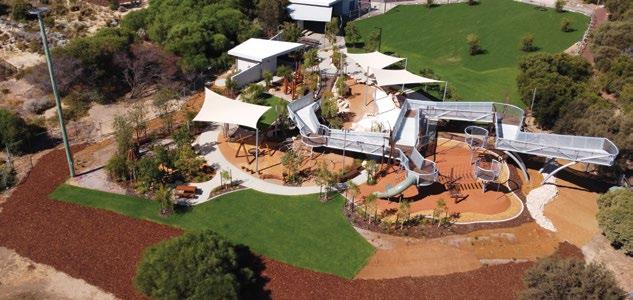
There’s a new addition to Bunbury’s Mangrove Cove with the completion of a wheelchair accessible and interactive playground for locals and visitors to enjoy. The Mangrove Cove all-abilities nature play area draws its inspiration from the unique mangrove system found in the Leschenault Inlet. It hosts an array of features including mangrove root inspired climbing frames, ladders, rope nets, slides and rope bridges. Inclusive play opportunities are on offer for the ground level of the site, featuring a water play area, a wheelchair accessible sand pit and tunnels. A universally accessible walkway winds its way through the play area, providing access to a cantilevered lookout deck with sweeping views across the Leschenault Inlet. The play area was constructed by BGC Construction Bunbury and delivered by the Department of Biodiversity, Conservation and Attractions (DBCA) and the Department of Finance. The site is managed by DBCA.
Kathleen Broderick Chair, Bibbulmun Track Foundation
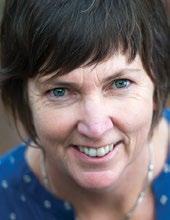
It is an immense achievement to develop and maintain the Bibbulmun Track and it takes a great deal of dedicated effort and a willingness to change over time.
This year, it has been 25 years since the Track was realigned and underpinning its ongoing success are the people and their relationships, including volunteers, who make and grow partnerships. Key to this has been a strong relationship between DBCA’s Parks and Wildlife Service and the Bibbulmun Track Foundation.
At this 25th anniversary milestone, we are looking to the future, nurturing relationships and forging new partnerships.
A quality trail is not just good surfaces and infrastructure, it provides an experience of the natural and cultural environment and we’re thinking about our role in maintaining the Track and how that can be continued and enhanced to cater for increased and diverse use (see ‘Evolution of the Bibbulmun Track ’, on page 38).
In recent years, ageing infrastructure has been upgraded and new group campsites constructed with the State Government’s major investment and the emergence and activation of ‘Support Volunteers’—people who bring a wealth of expertise and work together as a team and with section volunteers in priority projects along the Track.
Our society is changing, and walkers want to know more about Aboriginal culture. We’re focusing on working with Aboriginal people so we can understand each other better and share knowledge.
The qualities of the landscapes we walk through are important, and there are challenges with a changing climate and increasing development pressures. We support those working to retain and restore rivers, plants, and animals, that have always been fundamental to the Track experience.
I’m wondering who will partner with us on the Bibbulmun Track now, and for the journey ahead—will it be you?
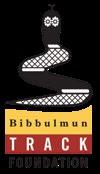
Parks for people by Alex Gore



